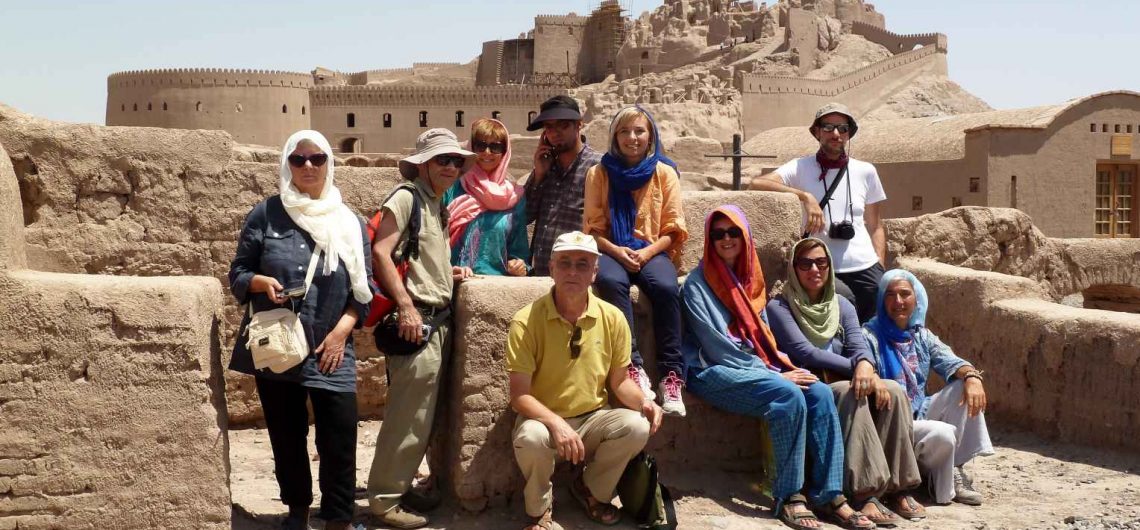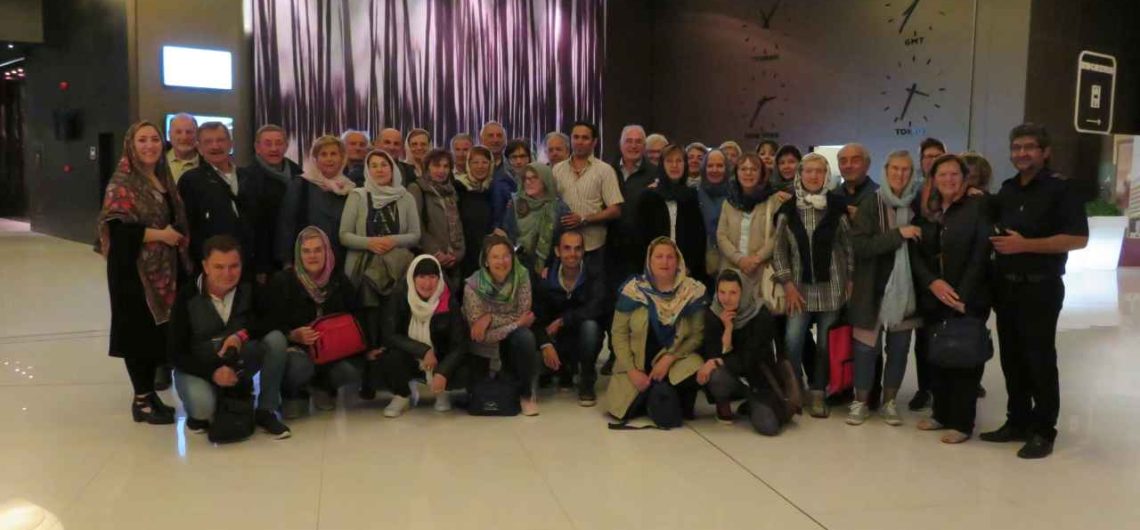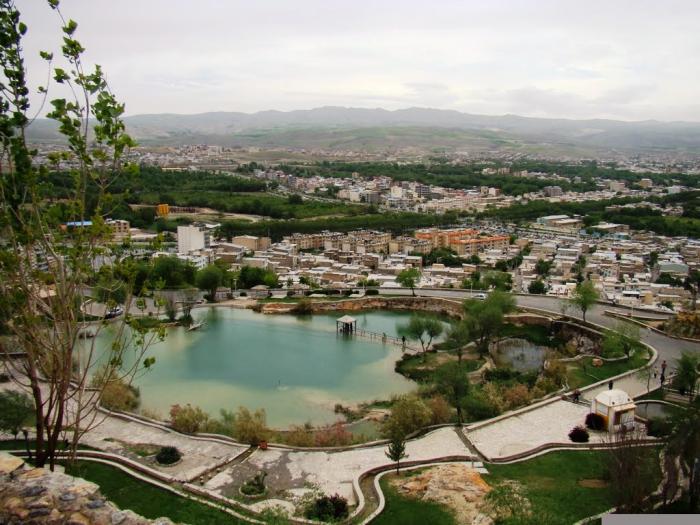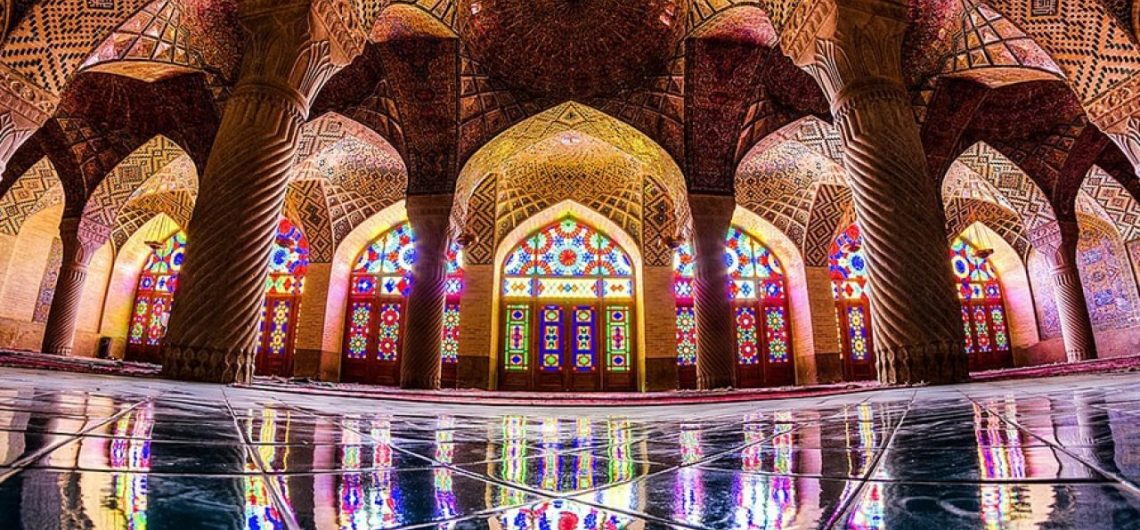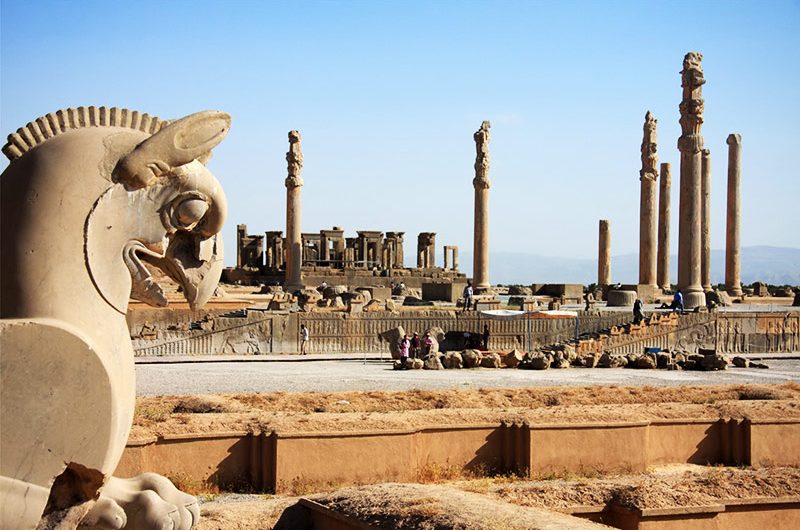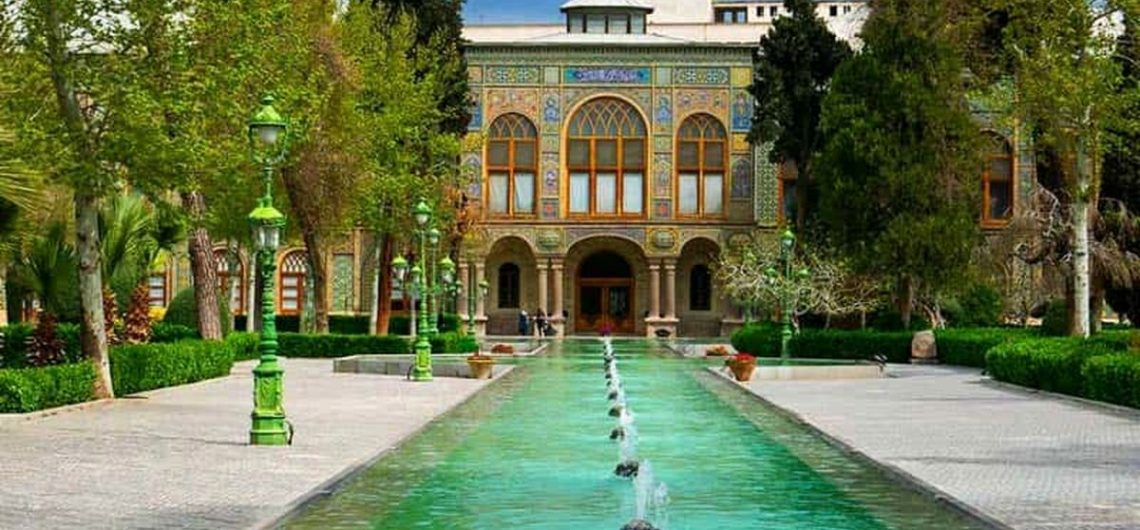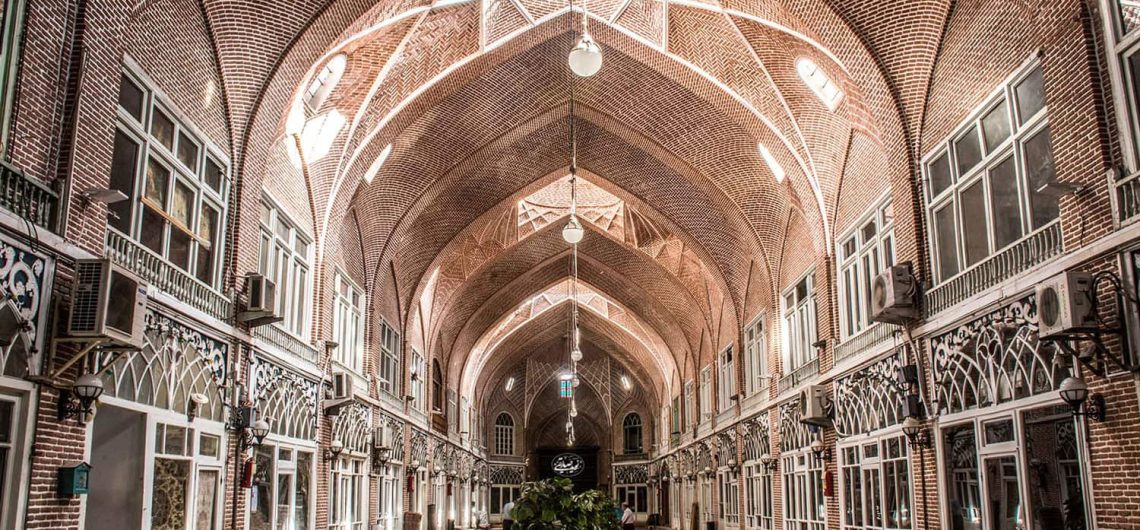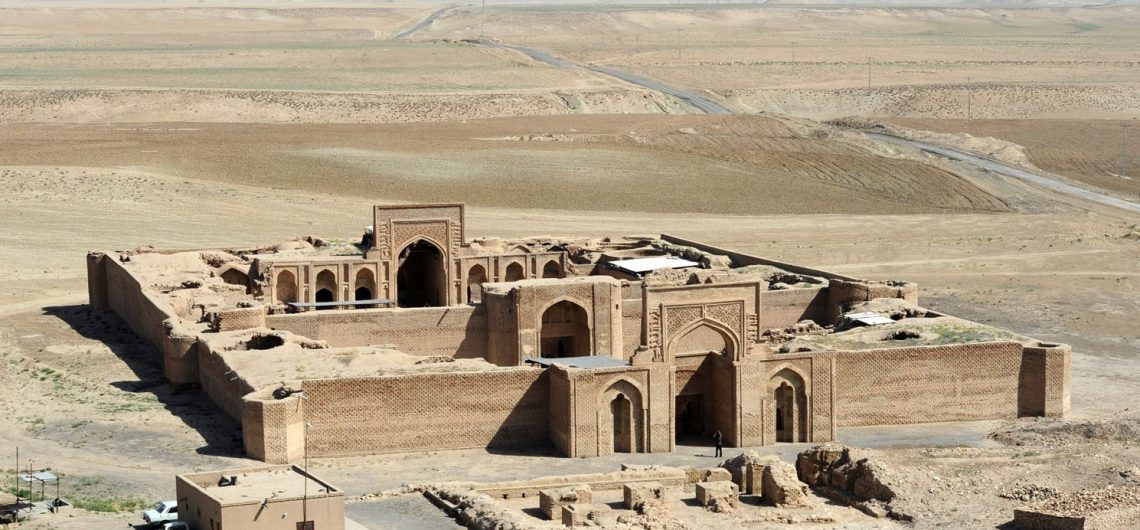Borujerd Borujerd county capital in Lorestan province, western Iran. Among the cities of Iran, Borujerd is one of the oldest since the 9th century. In the Sassanid Empire, Borujerd was a small town near Nahavand. Borujerd attracted much attention during the Seljuk empire of the 9th and 10th centuries. It was a commercial and strategic city in the Zagros Mountains until the 20th century. In its golden age, during the Qajar dynasty (18th and 19th centuries), Borujerd was chosen as the capital of the Lorestan and Khuzestan region. Today Borujerd is the second largest city in Lorestan and the main industrial, tourist and cultural center of the region. The city has preserved its ancient architecture and way of life, mainly thanks to the mosques, bazaars and houses built during the Qajar era. Its inhabitants are mainly of Lur origin, but there is a minority of Laks who also live in Borujerd and speak Laki, such as the Balavand, Ghisavand, Shahivand. Soltani Mosque It is one of the most beautiful architectural monuments of the Islamic period in Borujerd. This mosque, the largest historical mosque in western Iran, is located in the center of Borujerd. It has three doors: the north door is decorated with arches and corner niches and the tiles represent the typical Qajar style, and the name of Fath Ali Shah can be seen. The design and layout of this mosque are an imitation of the Imam Mosque in Tehran. The mosque was built in the late Zand and early Qajar era, in the time of Fath Ali Shah Qajar. Imamzadeh Jafar Mausoleum With its fascinating architecture, it stands in the middle of an old cemetery, east of Borujerd. The tomb is located on a lower level of the terrain. The intricate carvings on the doors and edges are
Borujerd
Borujerd county capital in Lorestan province, western Iran. Among the cities of Iran, Borujerd is one of the oldest since the 9th century. In the Sassanid Empire, Borujerd was a small town near Nahavand. Borujerd attracted much attention during the Seljuk empire of the 9th and 10th centuries. It was a commercial and strategic city in the Zagros Mountains until the 20th century. In its golden age, during the Qajar dynasty (18th and 19th centuries), Borujerd was chosen as the capital of the Lorestan and Khuzestan region.
Today Borujerd is the second largest city in Lorestan and the main industrial, tourist and cultural center of the region. The city has preserved its ancient architecture and way of life, mainly thanks to the mosques, bazaars and houses built during the Qajar era. Its inhabitants are mainly of Lur origin, but there is a minority of Laks who also live in Borujerd and speak Laki, such as the Balavand, Ghisavand, Shahivand.


